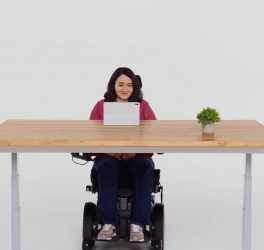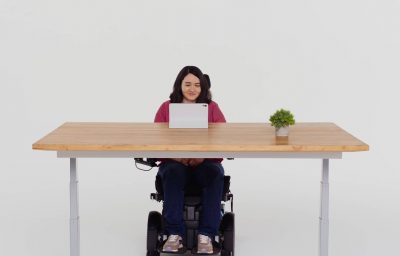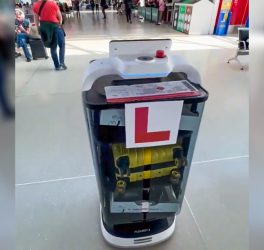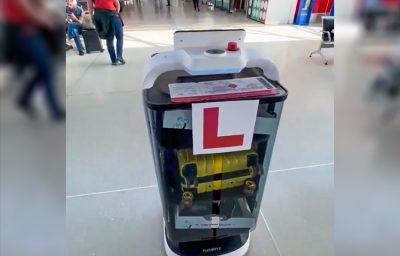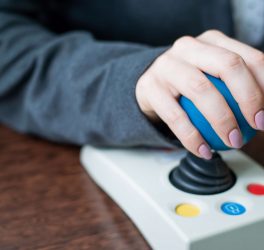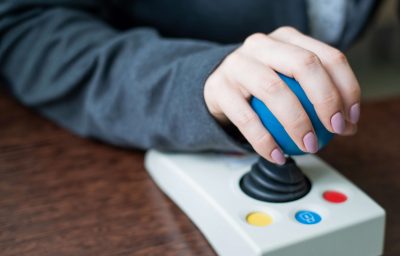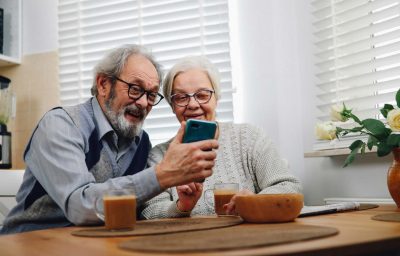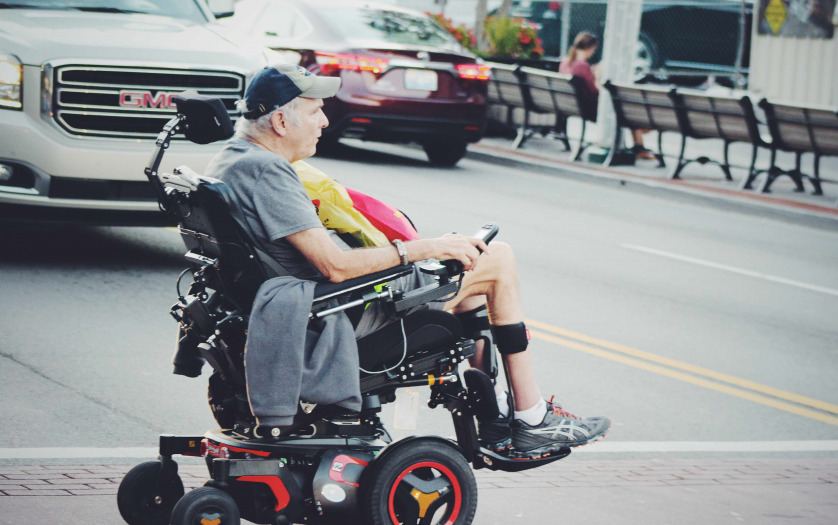
A SCOTTISH, which was created to improve accessibility for disabled people, has now been downloaded by more than 2,000 individuals across the UK and Ireland.
‘Welcome’ by Neatebox, created by former guide dog mobility instructor and disability campaigner Gavin Neate, allows users to notify venues ahead of their arrival and request additional support if needed.
To date, it has been adopted by a number of high-profile locations, from Edinburgh Airport to the Scottish Parliament and Jenners, but more venues are needed to service the growing user base.
Welcome is transforming the way services for disabled people are delivered by improving communication between the visitor and the venue making visits more appealing and enjoyable. It has also shown to boost online reviews and improve staff morale as employees feel more comfortable when interacting with disabled customers.
Founder, Gavin Neate said: “Imagine a hard of hearing person was able to communicate that they required a quiet area to be set aside before their arrival or a blind or visually impaired guide dog owner was able to ensure that staff knew how to behave around their assistance dog.

